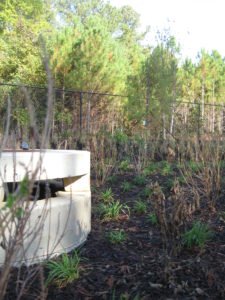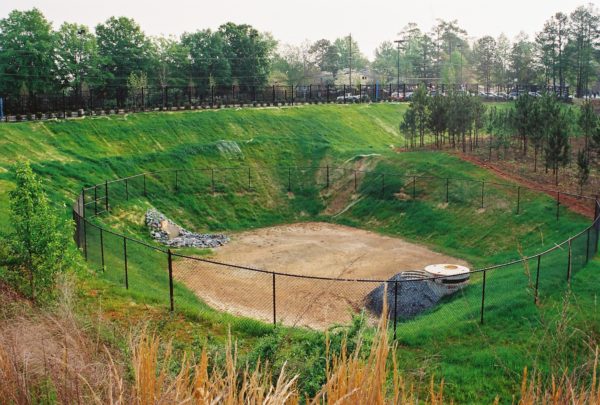A few years back, the Atlanta Regional Commission decided that a revision to the Georgia Stormwater Management Manual (GSMM) was in order. They have stated several reasons for making the revisions, some of which have been based on public comment and practicality. Although the new manual has been completed, some municipalities have chosen to not implement the manual until 2017.
With regard to project design, cost and municipality approval, a couple of these revisions having the greatest overall impact are worth noting:
- Consolidation and additions of water quality best management practices (BMP’s) to give more options for treating stormwater quality
- Reduction in the amount of runoff that can leave a site

Additional Best Management Practices
The additional best management practices (BMP’s) are good news to both the designer and the owner/developer since they should give the engineer more flexibility for addressing water quality requirements on land development projects. Often for small redevelopment sites, some municipalities will not allow any BMP except those found the in the GSMM. Aside from the BMP’s in the GSMM, there are other proprietary BMP’s that some municipalities will allow to address water quality requirements. However, if you have a site that is in a municipality that won’t allow the use of proprietary BMP’s, and you are restricted to using just the measures in the GSMM, then options are very limited and could lead to higher project cost. Hopefully, the addition of more BMP’S to the GSMM will help prevent such situations.
Runoff Reduction
Runoff reduction will simply require less stormwater be discharged from a site than previously might have been. You might ask, haven’t detention ponds always reduced site runoff? Typically, they have not. In Georgia, the focus of stormwater detention pond design requirements have, for the most part, always been on reducing the rate of stormwater runoff, not the total amount of stormwater discharged.
Stormwater runoff reduction can be achieved by minimizing the impervious area on a site in conjunction with a storm water management design that promotes infiltration/percolation of stormwater into the ground as opposed to discharging it from the site. This may mean additional project expense for land development projects due to:
- The need for a soil scientist to perform testing to obtain percolation rates necessary for design
- Additional engineering design effort to develop a stormwater management system that involves stormwater infiltration/percolation
- Installing infrastructure or allotting additional site area to deal with percolation requirements

The new 2016 Georgia Stormwater Management Manual seems to indicate that this requirement may not be implemented in all situations and that projects will be considered on a case-by-case basis. It is for this reason that during the site planning phase, it is very important that land developers, owners, architects, and others involved in the land development industry procure the services of a civil engineer to consult with the municipality responsible for permitting the project. The civil engineer should discuss the project site with the municipality and determine what is required along with the impact the requirements may have on the proposed development. All too often, this up-front leg-work can mean the difference between whether the project is feasible or not.